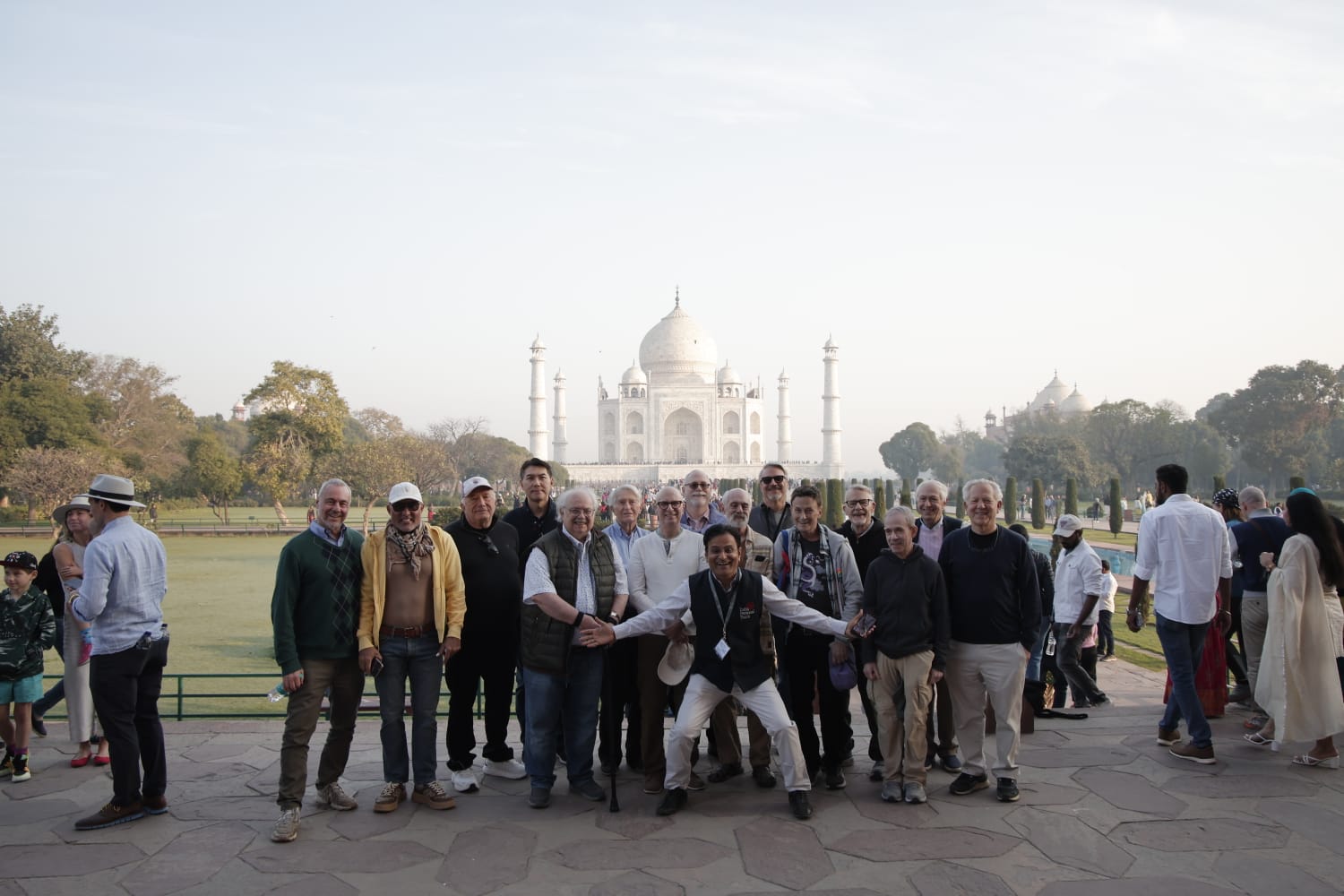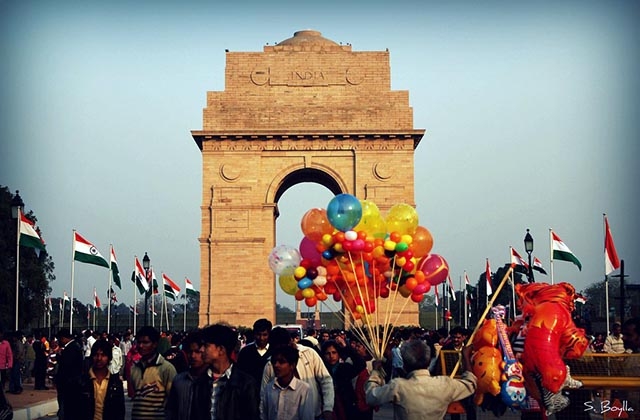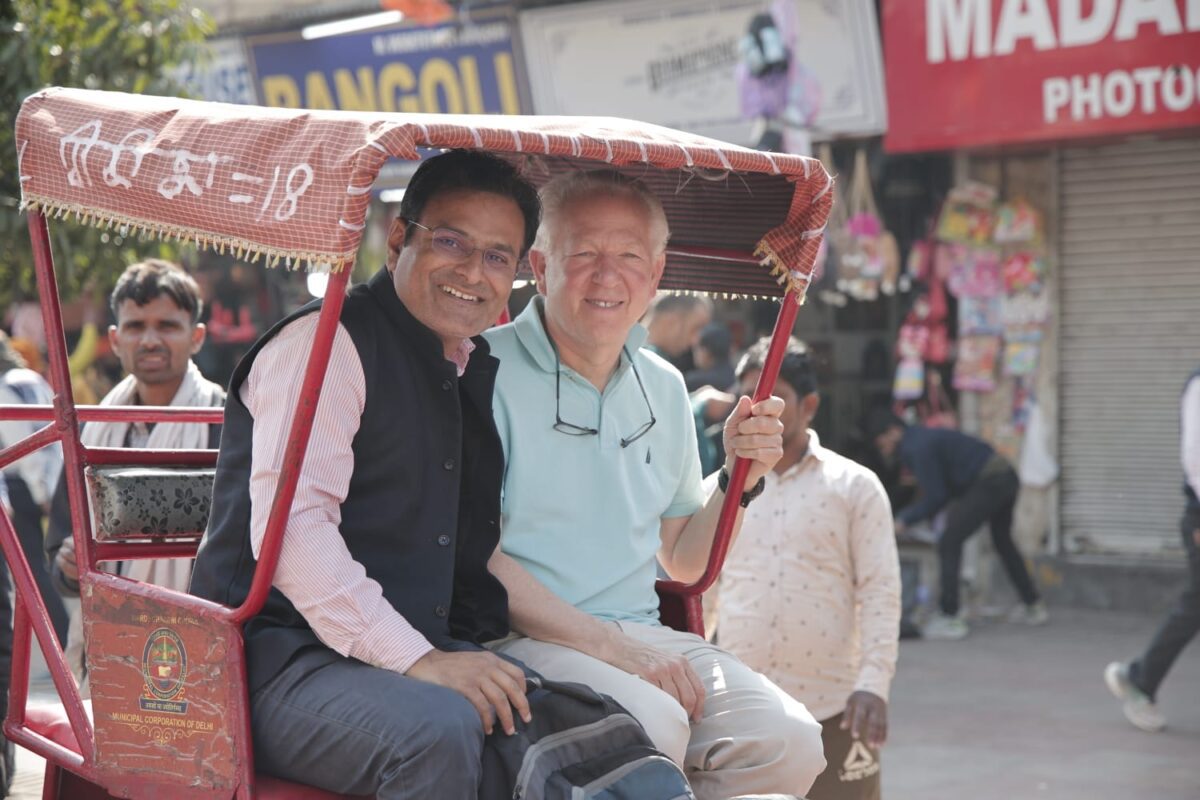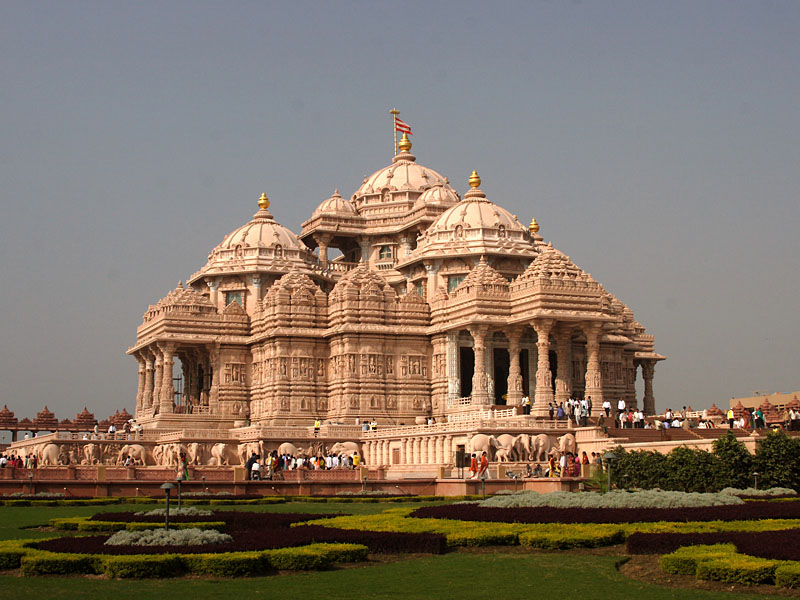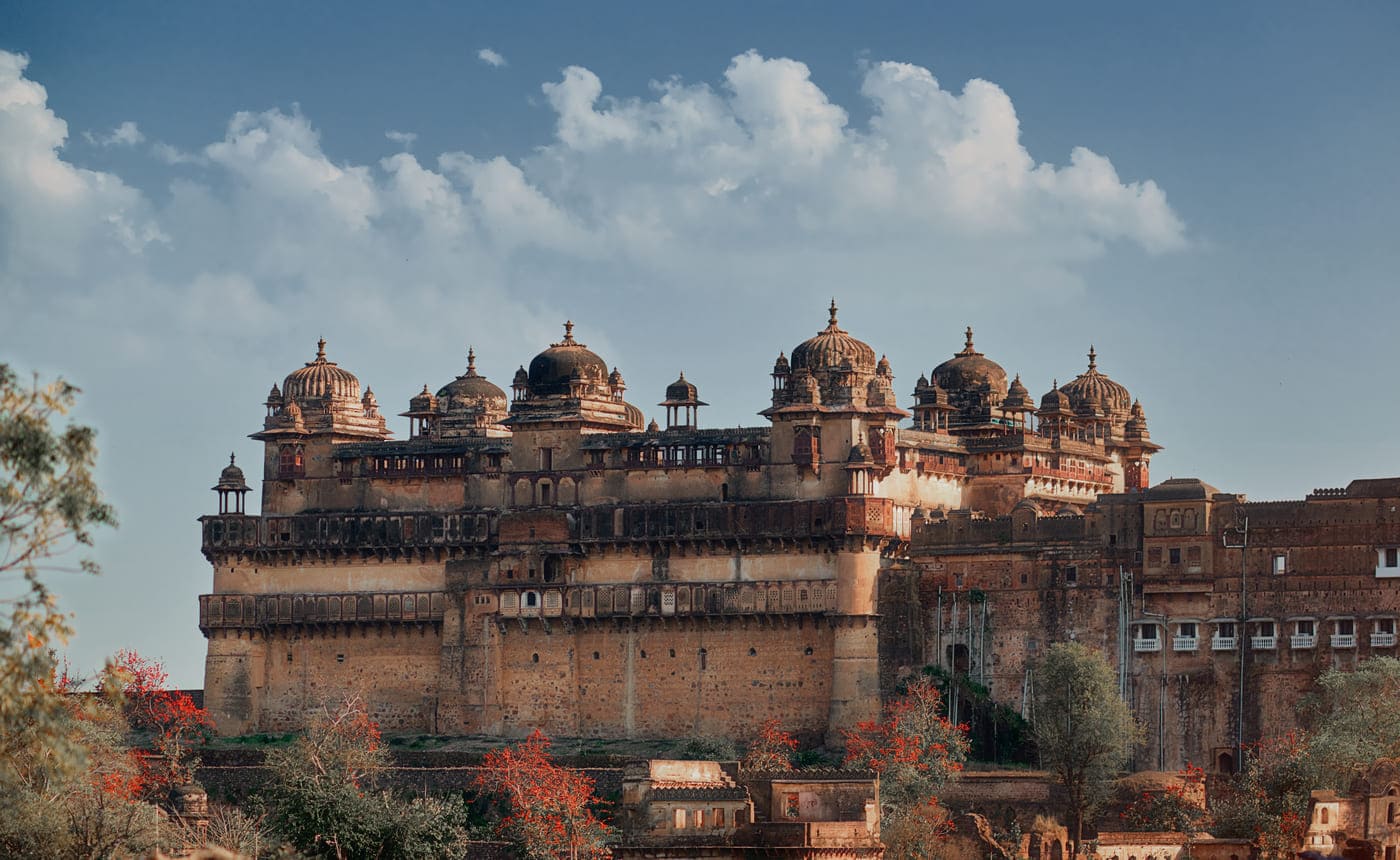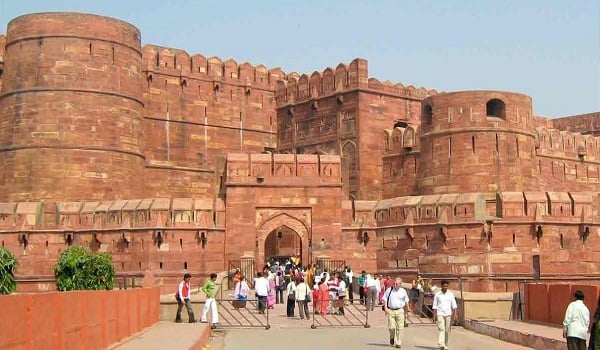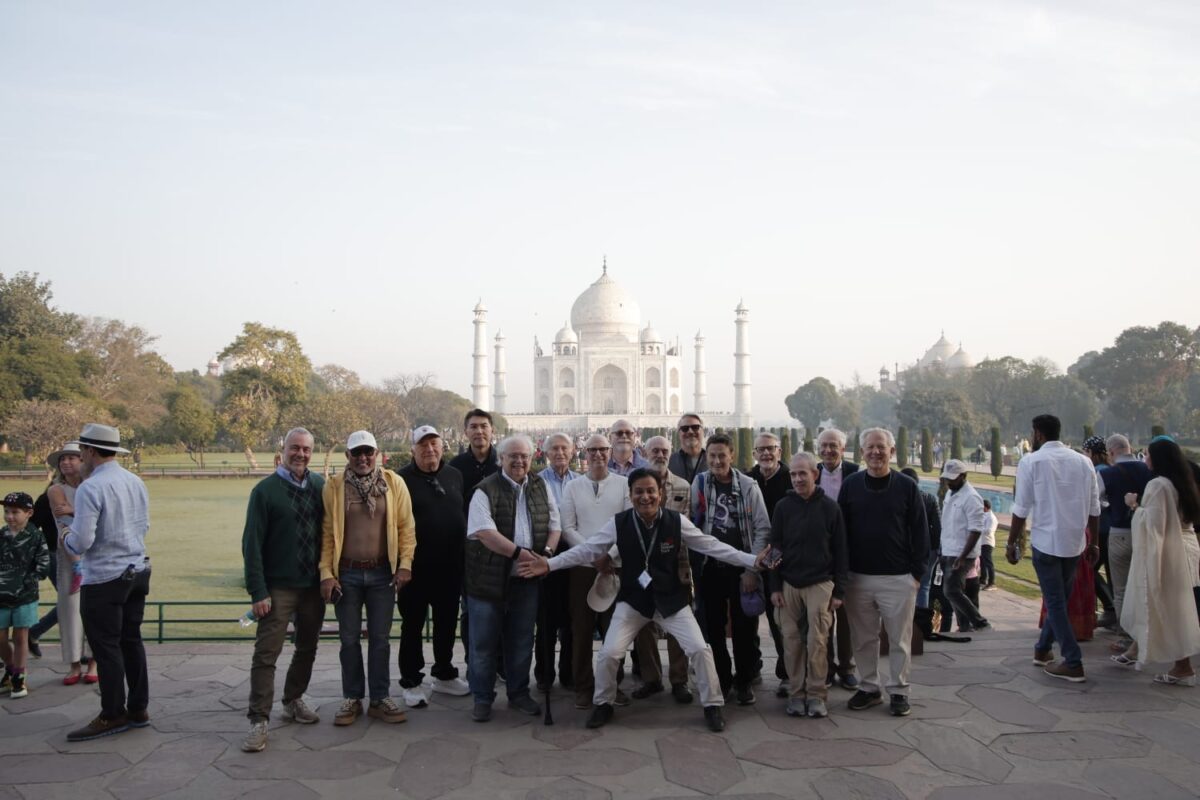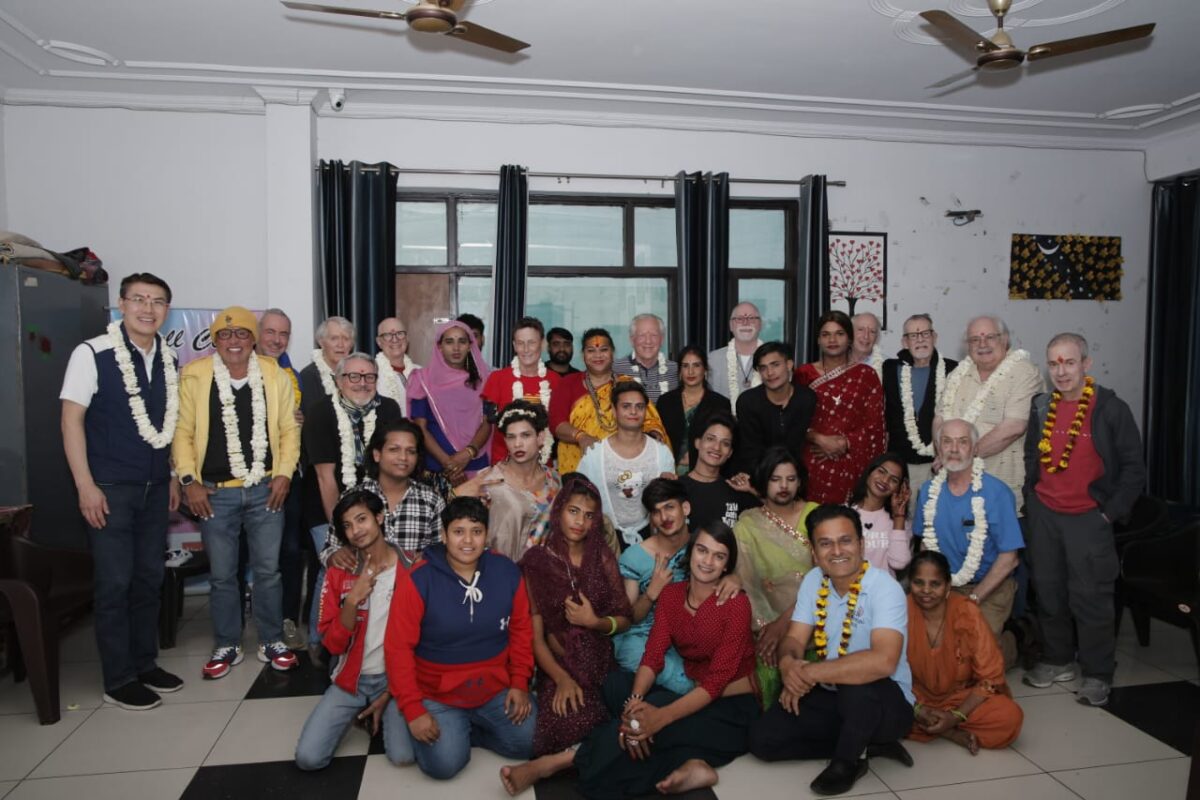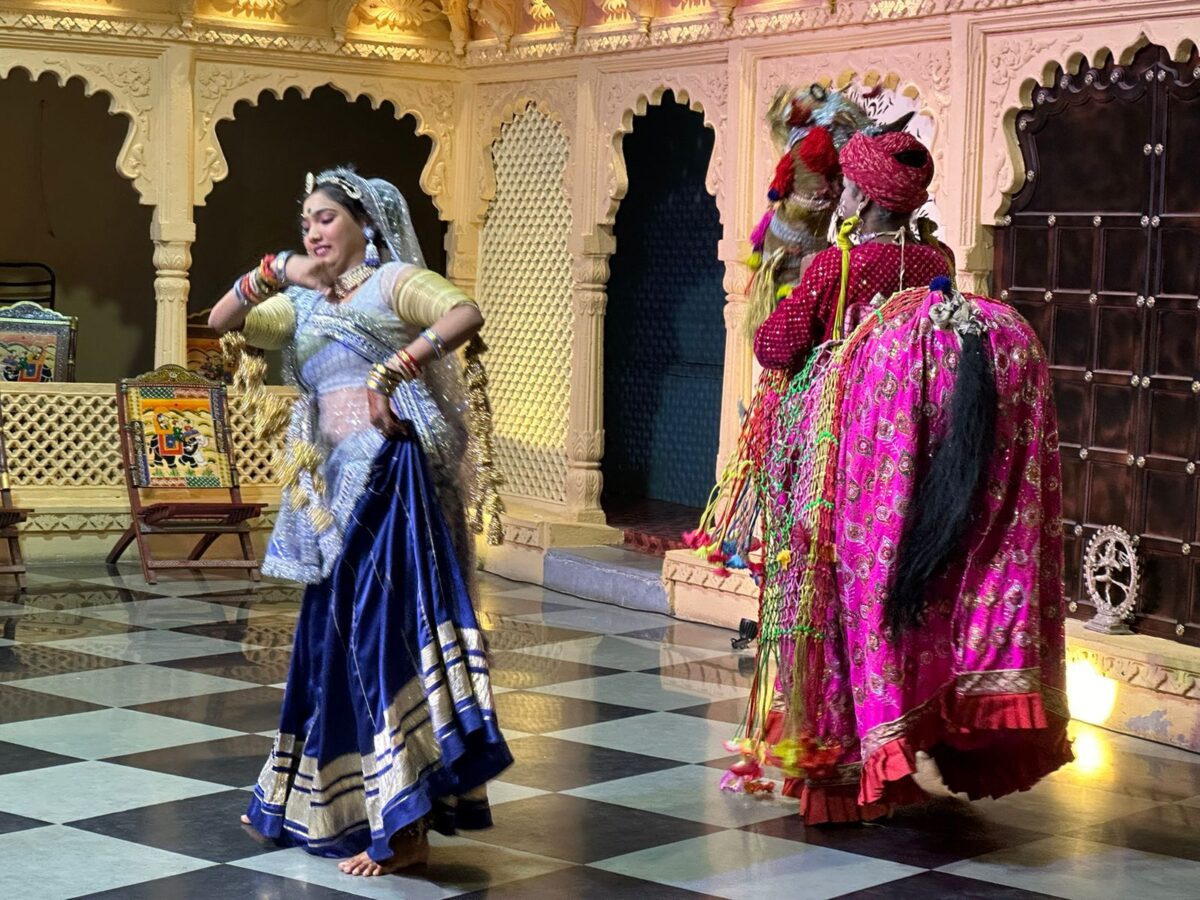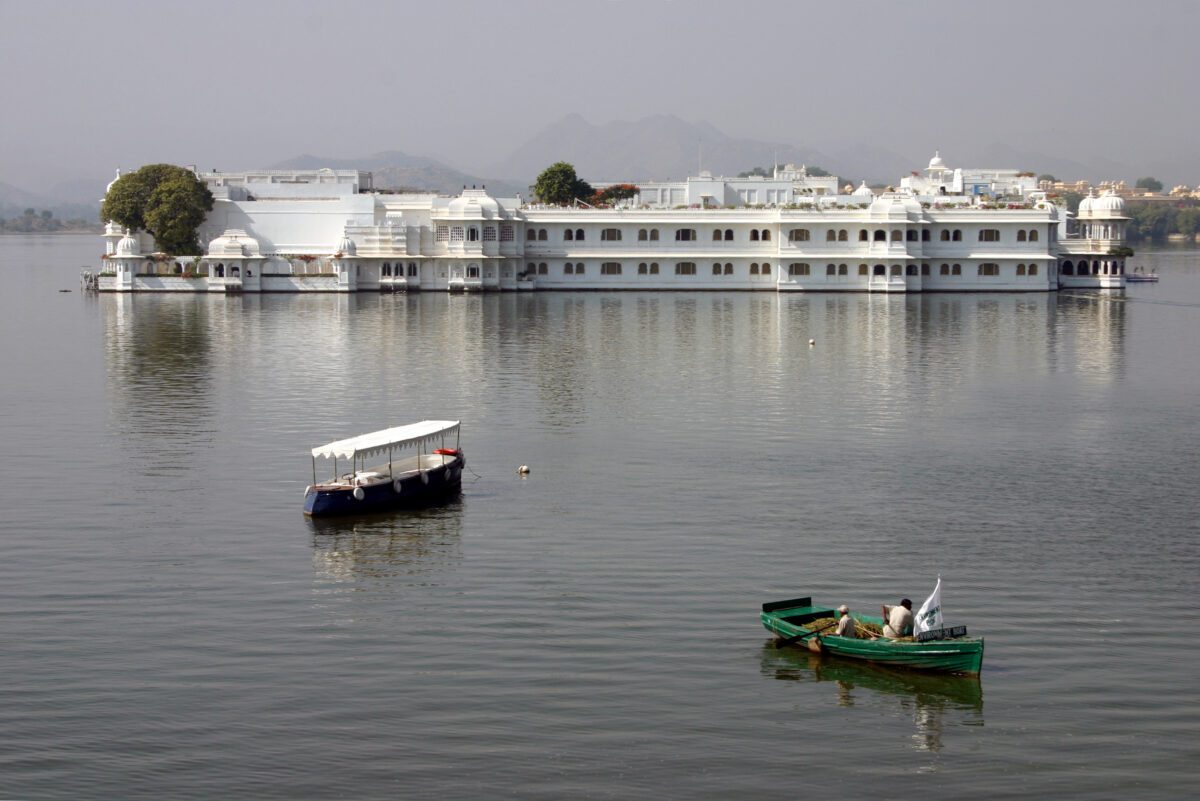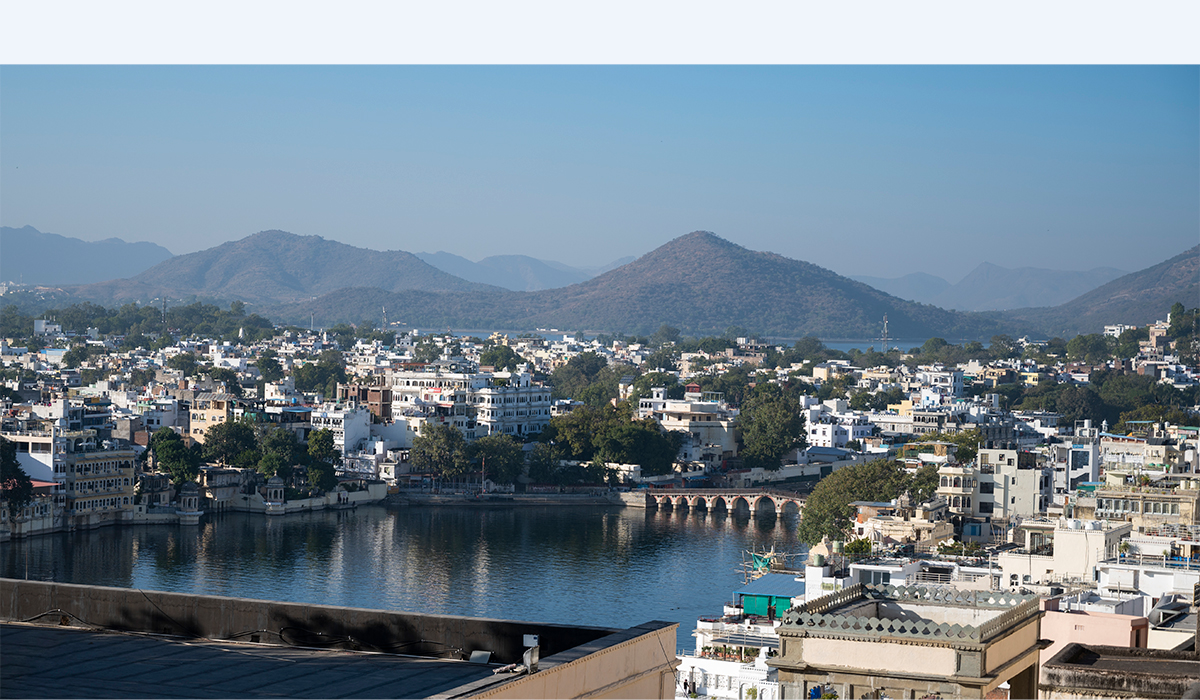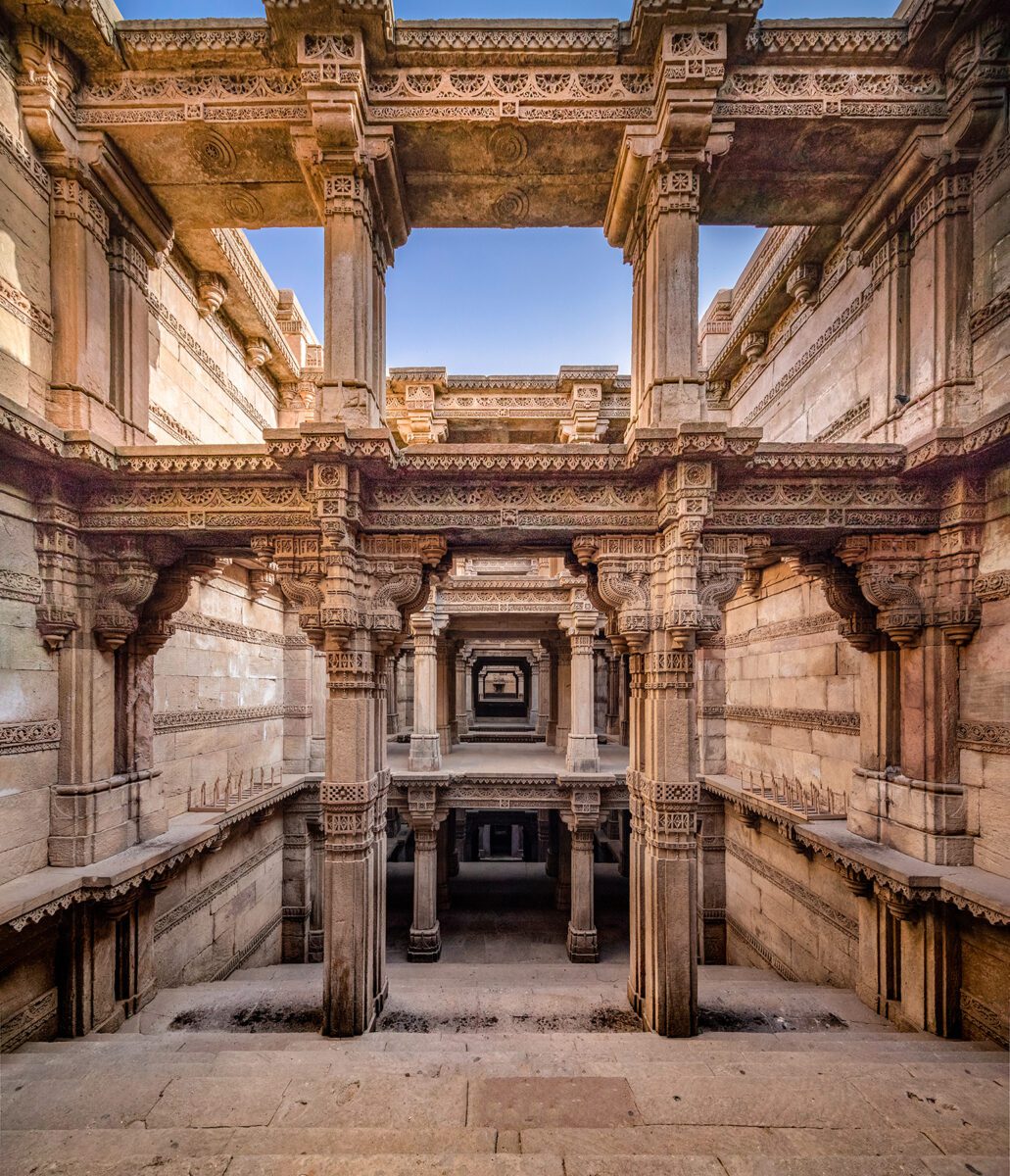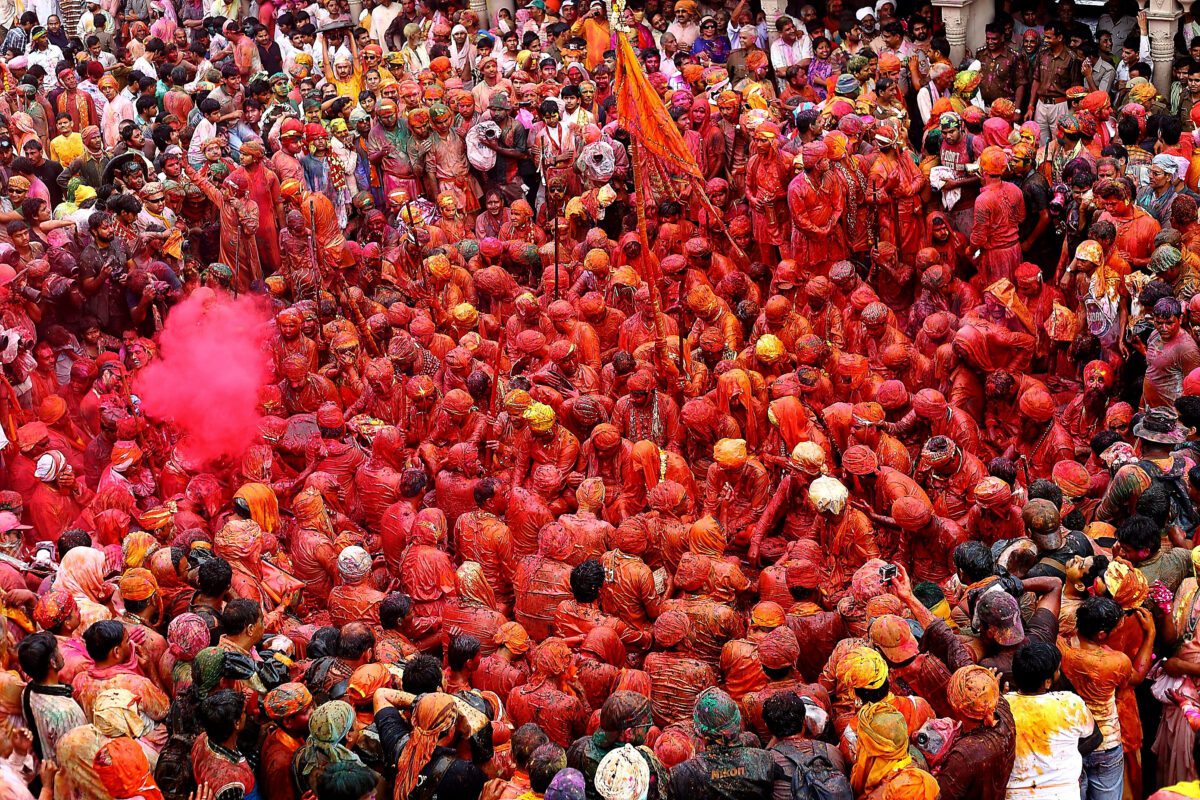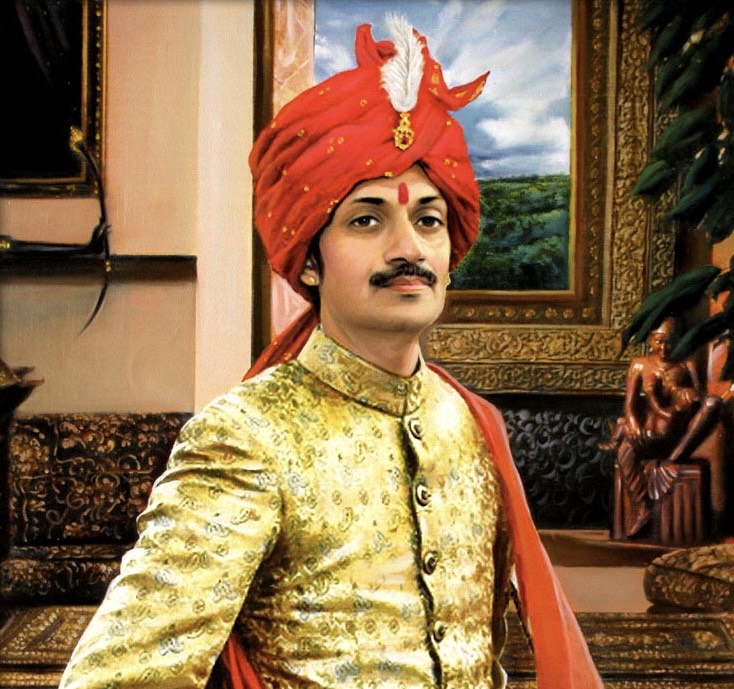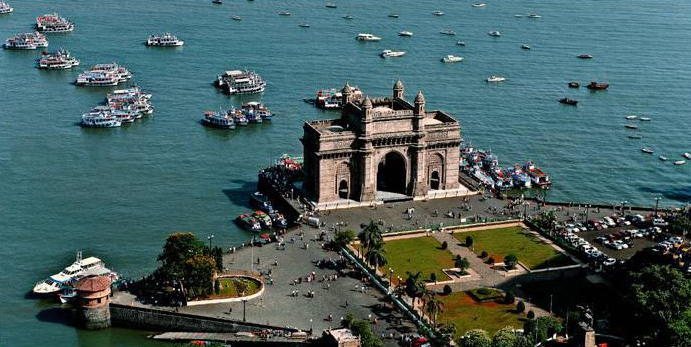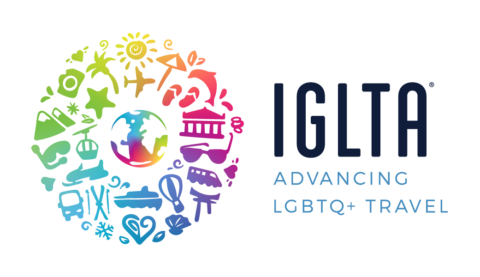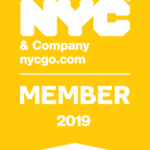Day 1: March 4, Arrival in Delhi
Arrive in India and rest up for tomorrow! We arrange your transfer from the airport to the hotel but then leave you in peace.
Hotel: The Lalit New Delhi is one of the city’s top luxury hotels, and also its most central. It is also at the forefront of the fight for LGBTQ+ right in India, as we will hear from its Head of DEI (not so common in India!).
Day 2: March 5, Delhi Old and New
This morning we visit old Delhi. We see the great Red Fort, the colorful Sikh temple, and take a rickshaw tour of Delhi’s vast and labyrinthine bazaar, the Chandni Chowk, with its many different market areas (food, sequins, spices, and so on). After lunch in a restaurant famous for chaat (Indian street food) we return to New Delhi, the center of India’s government since the British Raj, with the presidential residence (built for the British Viceroy) and the 138 foot high India Gate, a memorial to India’s 75,000 WWI casualties. We make a visit to one of Delhi’s most spectacular monuments, Mughal Emperor Humayun’s tomb, a great example of the architecture of the Mughal (Indo-Persian) period and a forerunner of the Taj Mahal. Dinner at the hotel.
Day 3: March 6, Amazing Temples of Khajuraho
This morning we fly to Khajuraho. Upon arrival, we begin our visit Khajuraho’s fantastically sculptured temples, with their famous sex scenes, including of course the same-sex scenes, both G and L (or B). And we learn about the mystery surrounding them: are they a sex manual, like the Kama Sutra (or even illustrations of the Kama Sutra) or depictions of tantric sex, or…..who knows? These are one of India’s great sights—but not, as far as we know, on any other LGBTQ+ India tour. After a lovely lunch, with some time for shopping, we continue our tour of the temple. Dinner at a local restaurant with specialties of this region, Udaipur.
Hotel: the Lalit’s Khajuraho property is a particularly charming spot, with lovely gardens looking out to the temples.
Day 4: March 7, Orccha Fort
This morning we drive to Orccha, where, after lunch, we visit one of India’s great palatial complexes, Orccha Fort, with palaces, temples, gardens. To give you an idea, one four story palace was built for the Mughal Emperor Jahangir’s visit of one night.
Hotel: Natural Samovar Portico, Jhansi.
Day 5: March 8, Agra, and our first view of the Taj Mahal
Today we take the train to Agra, arriving in time for lunch. Agra is the mother city of Mughlai cuisine, the rich cuisine of India’s Mughal rulers, heavy with aromatic spices, nuts, and dried fruits (and the basis for most worldwide Indian cuisine). Today’s lunch is in an authentic Mughlai restaurant. In the afternoon, we visit our first great fort complex, the Agra Fort, a vast 16th century fortification that contains a whole series of exquisitely ornate palaces, with carved marble courtyards, halls of mirrors, and much more! Then we go to Mehtab Bagh, a restored Mughal garden on the river, to gaze across at one of the world’s great wonders, the Taj Mahal, tomb of the Mughal Emperor Shah Jahan’s beloved favorite wife, Mumtaz. Dinner at the hotel.
Hotel: The Radisson Agra is a luxury hotel with fabulous views of the Taj Mahal from only 1 mile away!
Day 6: March 9, The Taj Mahal, Keoladeo National Park, and Jaipur
This morning we visit the Taj Mahal at sunrise, when the dawn light turns the dome a soft, golden color—and also when the crowds are lightest, so you can get the best photos. You will see why the Taj is listed as one of the modern seven wonders of the world! We return to the hotel for breakfast, and then set off for Jaipur, stopping on the way for a visit to India’s most famous bird sanctuary, Keoladeo National Park in Bharatpur. An artificial wetland created by Bharatpur’s Maharajas for hunting, in the last 50 years it has become India’s premiere wetland park, with amazing numbers of waterbirds and deer. After lunch, we drive to Jaipur, to our most fantastic hotel, a restored palace of great elegance. Dinner at the hotel.
Hotel: The Jai Mahal Palace is a vast complex of splendid rooms, garden pavilions, and colonnades, dating from 1745, and spread across 18 acres of garden—and converted into a luxury heritage hotel. Convenient for exploration of Jaipur, it is also a place to enjoy in and of itself.
Day 7: March 10, Jaipur and Meeting with Hijra Community
Today we visit Jaipur, the capital of Rajasthan, and surely one of the highlights of a trip to India. The walled city of pink houses (originally painted pink in 1876 to celebrate a visit of the Prince of Wales, later Edward VII) surrounded by desert hills with hilltop forts, could scarcely be more enchanting. We start our day by driving up into the hills to see the Amber Fort, with its astonishingly ornate royal apartments. On our way down, we stop for views of the Jal Mahal, a palace set in the middle of a lake, and then visit the lovely city palace. Lunch in a local restaurant with Rajasthani delicacies to enjoy like Gatta curry, Lal Mas, and Ker Sangri.
In the afternoon, we experience one of the tour’s great highlights: a meeting with members of India’s traditional third sex, hijras. Dinner at the hotel.
Day 8: March 11, Jaipur-Udaipur
This morning we spend some time learning about (and of course possibly buying) Jaipur’s amazing crafts, especially its cloth printing and silks. Then we set off on a long drive to an even more beautiful city, Udaipur (with lunch en route). Dinner at the hotel.
Hotel: The Trident Udaipur is a beautiful hotel in traditional Rajasthani style, set in 40 acres on the shore of Lake Pichola, with views of the City Palace.
Day 9: March 12, Udaipur
Today we visit Udaipur, one of India’s gems.
Nestled in the Aravali hills, Udaipur is surrounded by 7 lakes and known mainly for its historic forts, palaces, temples, and gardens. Udaipur was voted Best City in the World by Travel & Leisure Magazine in 2009, and it is a popular wedding destination, for Indians and foreigners.
Many movies and TV series have been filmed at least in part here, including Octopussy, Darjeeling Limited, Heat and Dust, The Best Exotic Marigold Hotel, and Gandhi—also of course many Bollywood movies! We will tour the city today, visiting the amazing City Palace—the largest and most flamboyant in Rajasthan—and the beautiful Sakeliyon-ki-Bari garden, created as a retreat for 18th century court ladies.
We will also take a boat trip on Lake Pichola and visit a miniature painting school. Our meals today will be even more special than usual. Lunch will introduce us to a new regional cuisine, Mewari, described by Condé Nast Traveller, as “simple, rustic, and flavoursome” (and the meal will start with one of Professor Lear’s favorite Indian foods, clear-colored but headily perfumed rose sherbet….) Dinner at the hotel.
Day 10: March 13, Udaipur – Ahmedabad
Today we leave Rajasthan and venture into the neighbouring state of Gujarat. We visit the famous Adalaj step well on our way to Ahmedabad, the heart of the province. Dinner will be at the hotel and will introduce us to our fourth regional cuisine Gujarati, known for its variety of flavors and textures—and its bright colors.
Hotel: The Hyatt Ahmedabad is is one of the city’s finest hotels, with a panoramic view over Vastrapur Lake; it is also next door to the city’s busiest shopping mall.
Day 11: March 14, The Festival of Colors with Prince Manvendra Singh Gohi
Today is a highlight of our tour—indeed a highlight of the life of our company. We will drive to the city of Rajpipla to celebrate Holi, the Hindu Festival of Colors, Love, and Spring, with Crown Prince Manvendra Singh Gohil, at his farmhouse, which he opened in 2018 to help house vulnerable LGBTQ+ people who might otherwise be “left with nothing” when “their families disown them after coming out.”
Hotel: The ITC Vadodara is an up-to-date 5 star hotel, designed to echo the history of Gujarat: for instance, it is arranged around the pool, designed to recall the step wells which we have visited on our tour.
Day 12: March 15, Vadodara – Ahmedabad – Delhi
After breakfast, we drive to Ahmedabad airport and return to Delhi. You can leave India late at night on March 15 or on March 16—or you can continue on to our extension to queer Mumbai!
Note: if you wish to leave India on March 12, we can arrange a hotel room for you near the airport.
Mumbai extension! Extension Day 1-March 15 Vadodara-Mumbai and Elephanta Caves
If you have a few more days in India, let us suggest a trip to see the capital of LGBTQ+ India (and Bollywood, of course), Mumbai! Discover this vast city, and find out why people sometimes call it something close to its old English name: Bomgay!
Day 1: March 15, Arrival in Mumbai, Elephanta Caves
Instead of returning to Delhi, take the train to Mumbai. On arrival, we have lunch and start our exploration of Southern Indian cuisine, with specialties like Butter Chicken, Bhel Puri, and South Indian Tiffin. This afternoon we take an hour-long ferry into the Arabian Sea to visit one of Mumbai’s great sights, the 5th-7th century carvings on the Elephanta caves, a cult center of Lord Shiva, on an island with great views of the Mumbai skyline. In the evening, we return for dinner in our hotel.
Hotel Trident Nariman Point: Located high over Mumbai’s sea promenade, Marine Drive, and near the modern business center of near the tip of Nariman Point, the Trident is a luxury hotel with vast panoramas over the Arabian Sea and the so-called ‘Queen’s Necklace’ of lights along the shoreline.
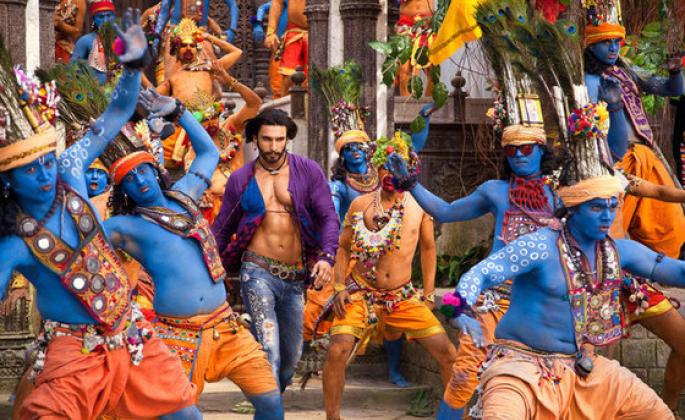
This morning we visit many of Bombay’s best-known monuments, from the Gateway of India—a symbol of the British Raj, but also of its ending, as this is where the last British troops left India in 1948—the vast and unbelievably ornate Chhatrapati Shivaji Terminus, and the Dhobi Ghat, a huge outdoor laundry area, where since 1890 over 100,000 sheets and towels have been washed daily. We have lunch at India’s first hijra-run cafe, an LGBTQ-friendly place with great food. This afternoon, we take a tour of Mumbai’s other famous side, Bollywood: tour a studio and learn its history, get a look at different kinds of sets, watch filming, try on costumes, and see a Bollywood dance presentation! This evening, we have one last dinner of Mumbai specialities, as a farewell to India.
Day 3: March 17, Mumbai-home
Our tour ends with breakfast this morning. Let us know if we can help you with further travel plans.

